From 97.75% to 30%: How income tax slabs have changed in India since independence in 1947
Tax Slab Changes since 1947: During her Union Budget 2024 speech, Nirmala Sitharaman on Tuesday (July 23, 2024) introduced three new tax slabs in the new tax regime. She also increased the standard deduction limit from Rs 50,000 to Rs 75,000 under the new tax regime. There was no change in the old tax regime.
Income Tax Slabs, Union Budget 2024: For crores of taxpayers in India, tax slabs matter a lot as they determine their monthly income post tax. So, when finance minister Nirmala Sitharaman presented her seventh consecutive budget (Union Budget 2024) on Tuesday (July 23, 2024), taxpayers were keenly following the developments of income tax slabs. She introduced three new tax slabs in the new tax regime. She also increased the standard deduction limit from Rs 50,000 to Rs 75,000 under the new tax regime. There was no change in the old tax regime. Post independence, the first income tax slab revision was done by the then finance minister John Mathai in 1949–50, and the last was by Sitharaman in 2019-20. However, there has been no change in the old tax regime since 2012-13. Here, we take you through major changes in tax slabs since independence.
Photos: Unsplash/Pixabay
Income tax slab revision by John Mathai in 1949-50
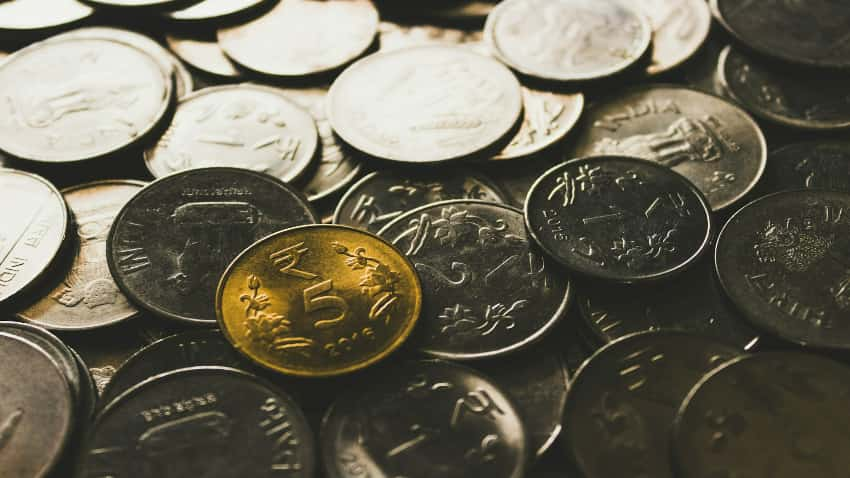
It was the first change in tax slabs post independence in 1947, when the then finance minister John Mathai reduced tax on incomes up to Rs 10,000 by a quarter of an anna in two slabs. In the first slab, he reduced it from one anna to nine pies, and in the second tax slab, he reduced it from two annas to one nine pies. At that time, one anna was equal to Rs 1/16, while Rs 1 had 192 pies.
Income tax slab revision by YB Chavan in 1974-75

Finance minister Chavan cut the maximum marginal rate from 97.75 per cent (the highest-ever) to 75 per cent. While there was no income tax for taxpayers earning up to Rs 6,000, a 70 per cent marginal rate of basic income tax was introduced on the income slab over Rs 70,000 a year. The highest tax slab was 77 per cent.
Income tax slab revision by VP Singh in 1985-86

He decreased the number of income tax slabs from eight to four. Taxpayers earning less than Rs 18,000 were kept out of tax. On Rs 18,001 to Rs 25,000, a 25 per cent income tax was fixed; for the Rs 25,001 to Rs 50,000 income group, tax was fixed at 30 per cent. On Rs 50,001 to Rs 1 lakh income, it was 40 per cent, while for income above Rs 1 lakh, it was 50 per cent, which earlier used to be 61.87 per cent.
Income tax slab revision by Manmohan Singh in 1992-93
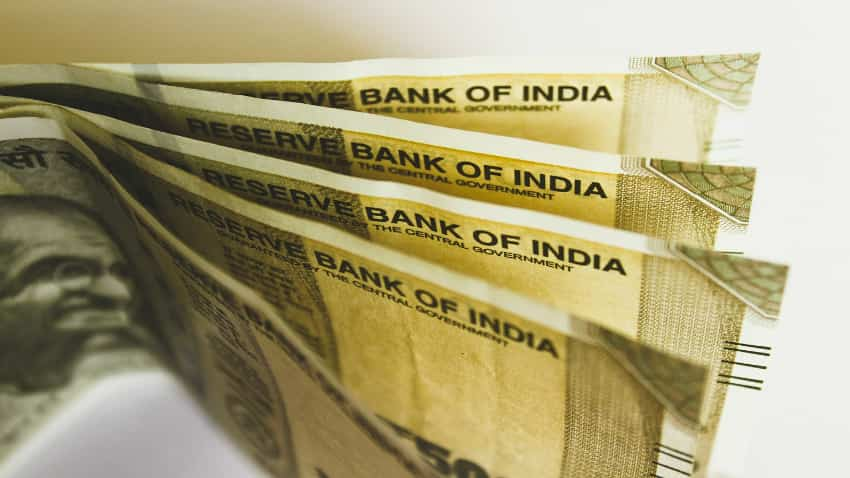
Income tax slab revision by Manmohan Singh in 1994-95
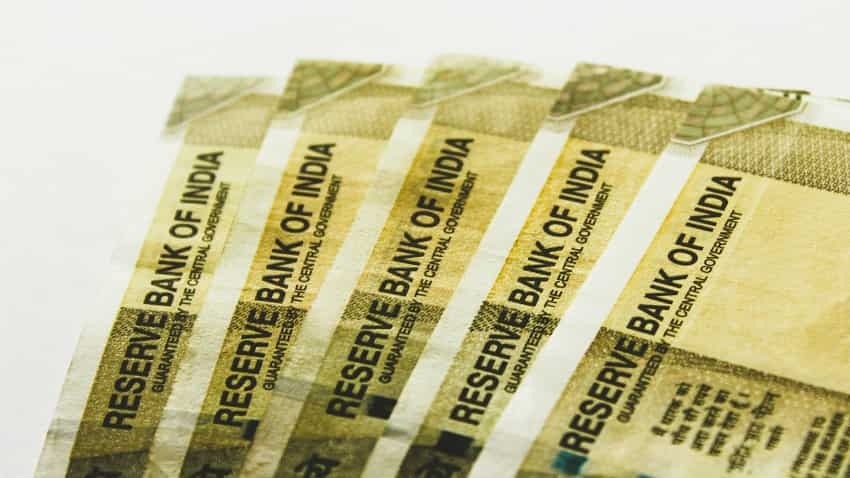
Income tax slab revision by P. Chidambaram in 1997-98
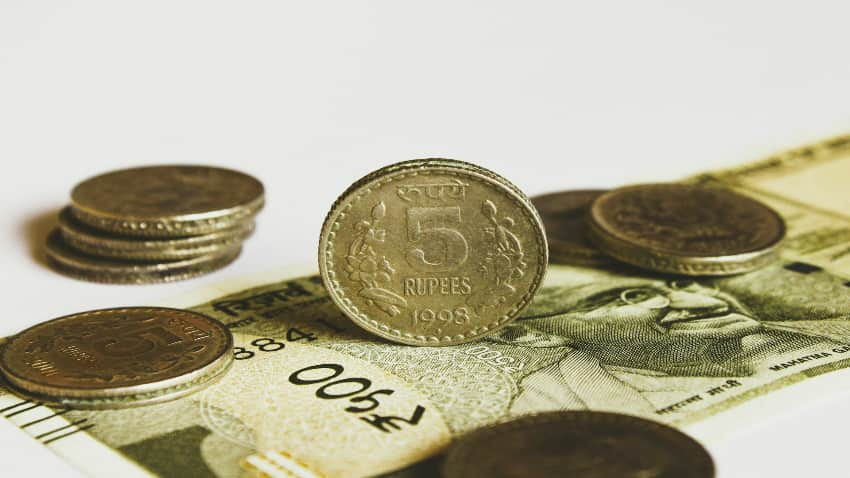
P Chidambaram announced a 'Dream Budget', in which he kept the shifted slabs of 15, 30, and 40 per cent to 10, 20, and 30 per cent. The first slab of 10 per cent was for the Rs 40,000-Rs 60,000 income group; 20 per cent tax was for the Rs 60,000-Rs 1.50 lakh income group; and 30 per cent for income above Rs 1.50 lakh. Other than that, the standard deduction limit was increased to Rs 20,000 for all salaried taxpayers.
Income tax slab revision by Pranab Mukherjee in 2010-11
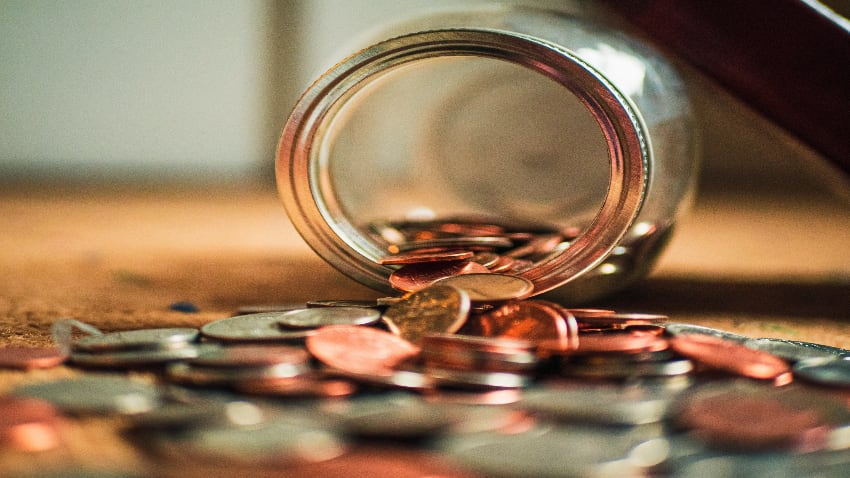
In the budget he presented, there was no tax for those earning up to Rs 1.60 lakh; taxpayers earning between Rs 1.60 lakh and Rs 5 lakh were to pay 10 per cent tax. On the other hand, in the range of Rs 5 lakh to Rs 8 lakh, the tax was 20 per cent. For people earning over Rs 8 lakh, the tax was 30 per cent.
Income tax slab revision by Pranab Mukherjee in 2012-13
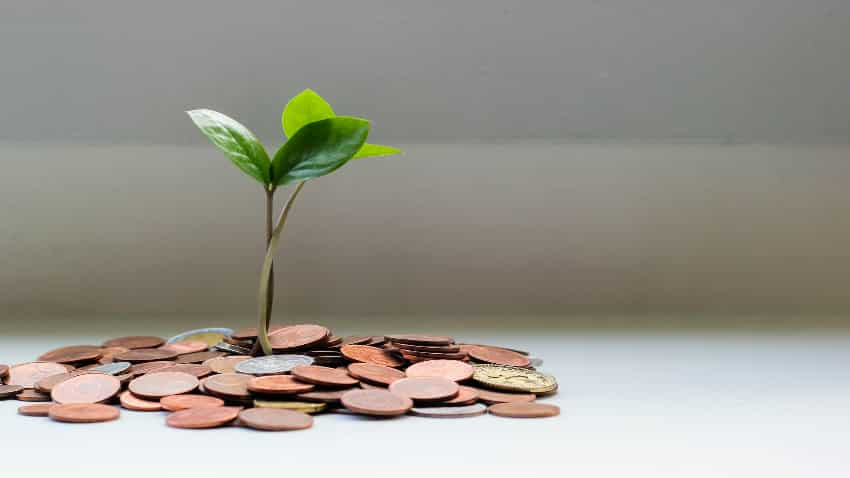
In the budget, he announced that those whose earnings are up to Rs 2 lakh annually were not supposed to pay tax. There was a 10 per cent tax levied for earners in the range of Rs 2 lakh and Rs 5 lakh. Those earning between Rs 5 lakh and Rs 10 lakh would pay a tax of 20 per cent and those earning above Rs 10 lakh would be paying 30 per cent tax.
Income tax slab revision by Arun Jaitley in 2014-15
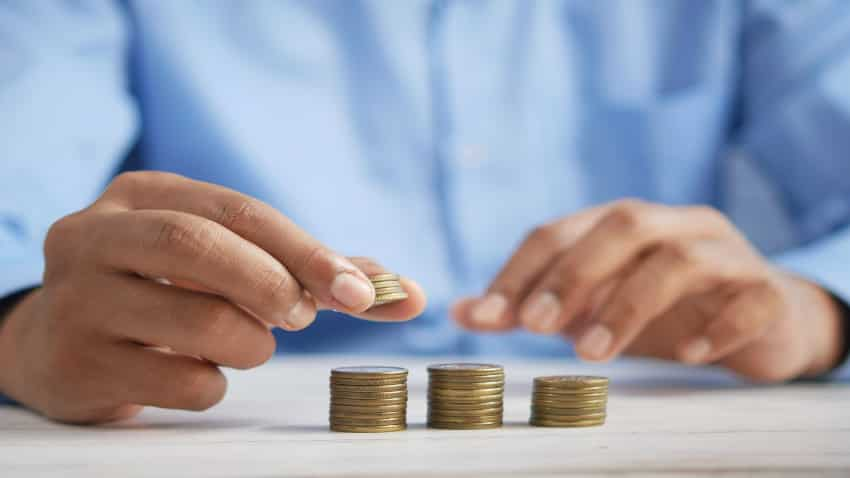
Income tax slab revision by Arun Jaitley in 2017-18
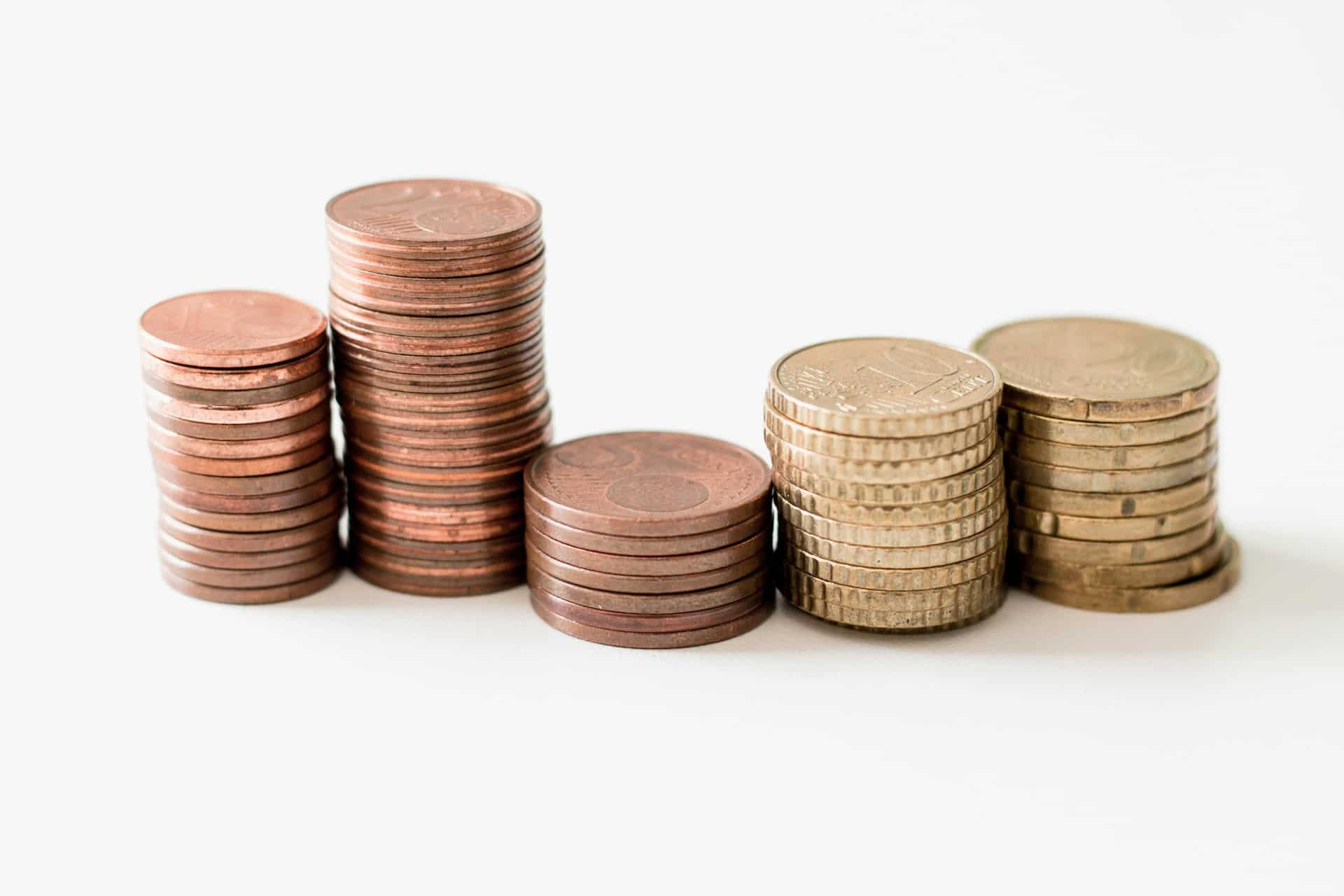
This time, income between Rs 2.50 lakh and Rs 5 lakh was brought under 5 per cent income tax bracket from earlier 10 per cent. The rebate under Section 87A of the Income-tax Act, 1961 (which had been given to people earning up to Rs 5 lakh) was reduced to Rs 2,500 from Rs 5,000 for people earning between Rs 2.50 lakh and Rs 3.50 lakh.
Threshold limit changed by Piyush Goyal in 2018-19
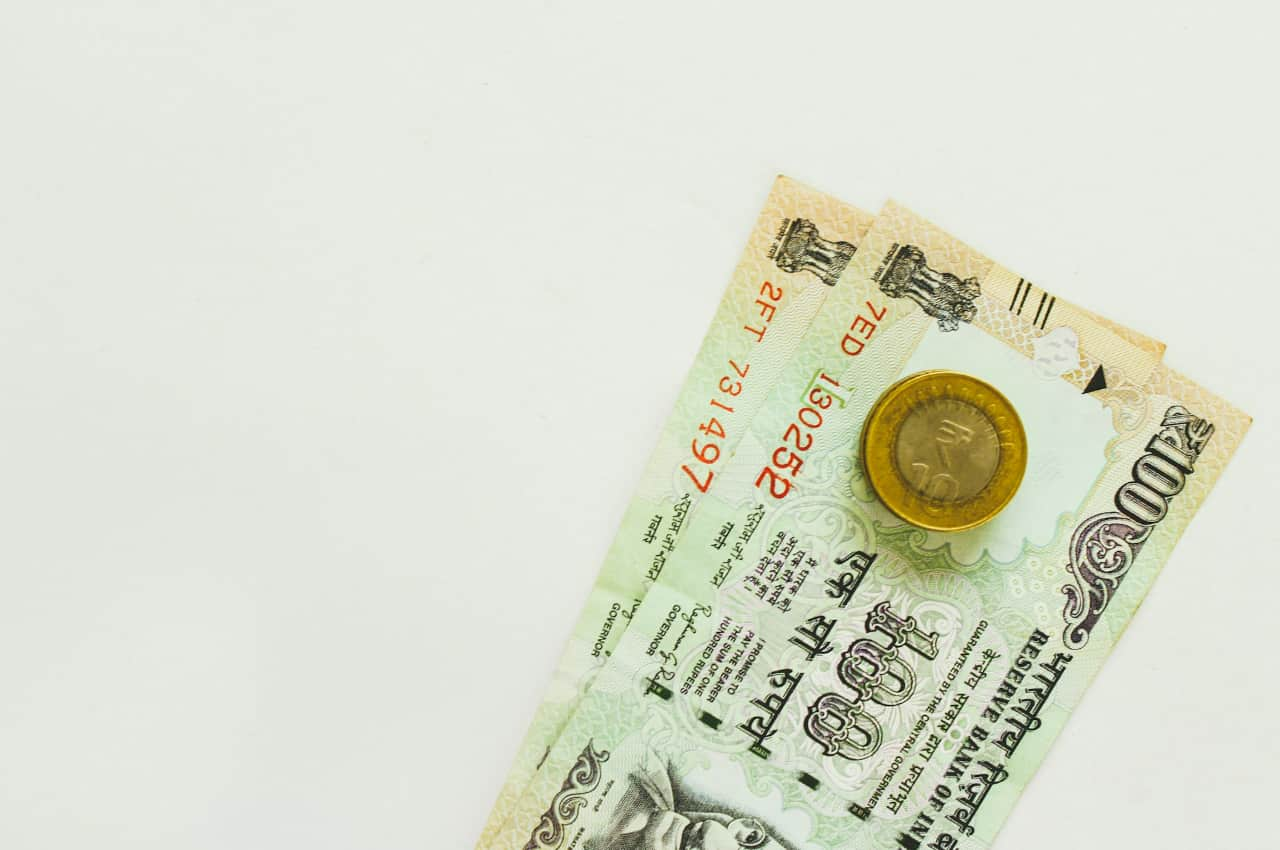
Income tax slab revision by Nirmala Sitharaman in 2019-20
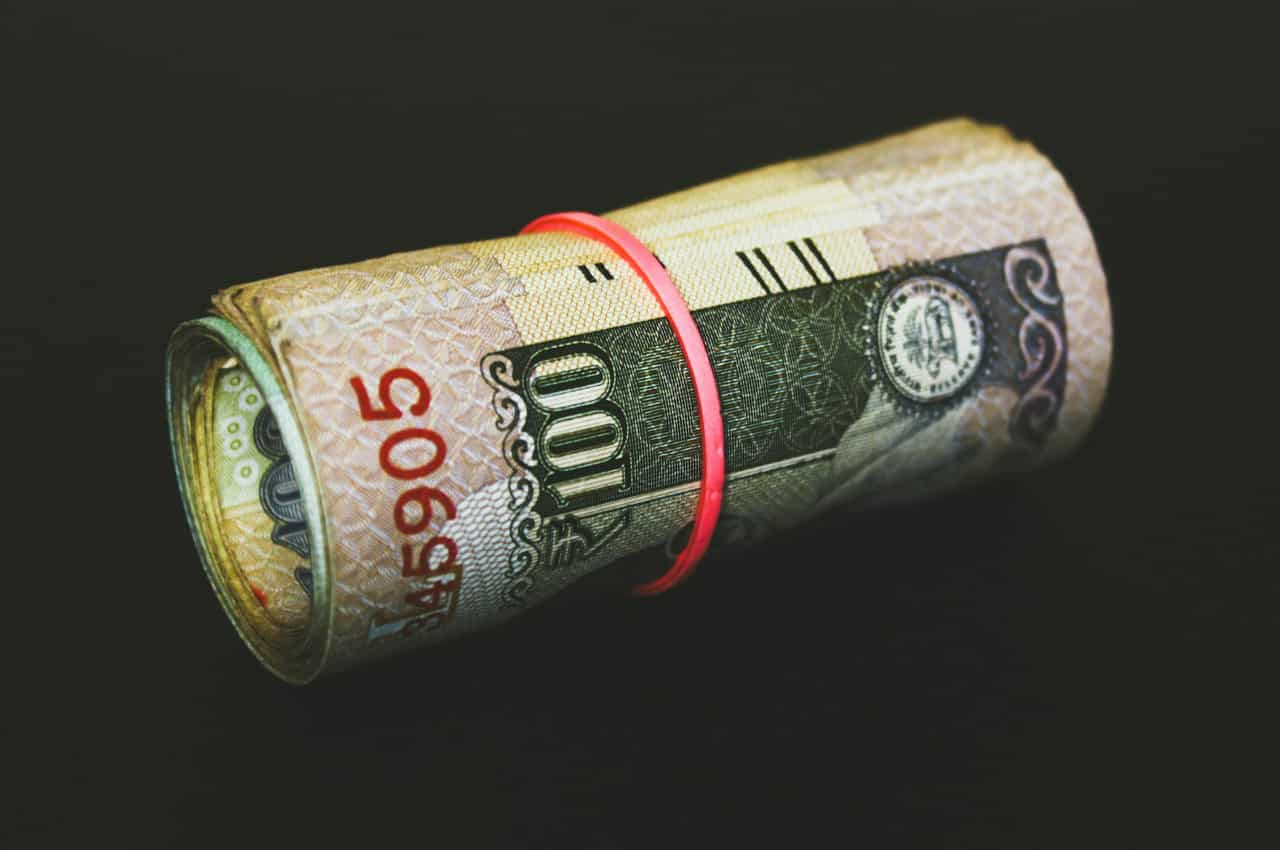
New tax regime announcement by Nirmala Sitharaman in 2020

Nirmala Sitharaman increases standard deduction, introduces new tax slabs
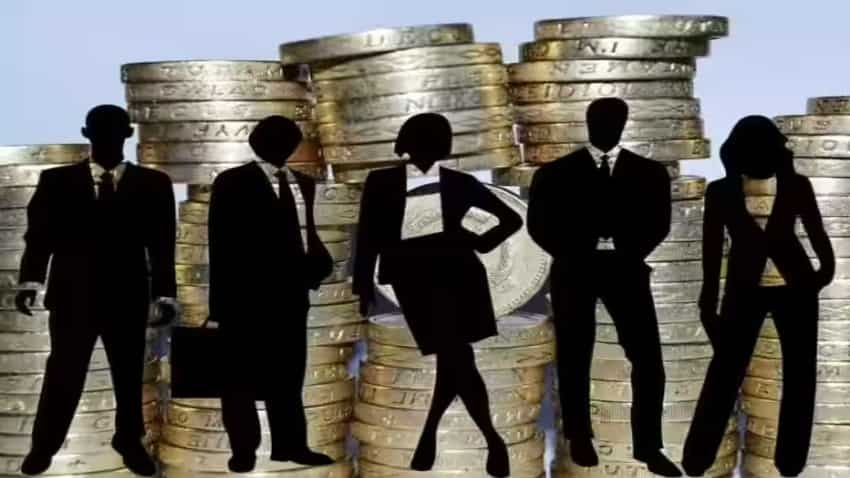
During her budget spech on July 23, 2024, finance minister Nirmala Sitharaman increased the standard deduction limit of income tax from Rs 50,000 to Rs 75,000. The increase in limit for the new tax regime taxpayers. There was no change for the old tax regime taxpayers. She also introduced new tax slabs under the new tax regime. Here, are the changes-
There is no tax up to Rs 3 lakh annual income in the new tax regime.
There will be 5% tax on income up to Rs 3 lakh-Rs 7 lakh in the new tax regime.
There will be 10% tax on income up to Rs 7 lakh-Rs 10 lakh in the new tax regime.
There will be 15% tax on income up to Rs 10 lakh-Rs 12 lakh in the new tax regime.
There will be 20% tax on income up to Rs 12 lakh-Rs 15 lakh in the new tax regime.
There will be 30% tax on income above Rs 15 lakh in the new tax regime.




